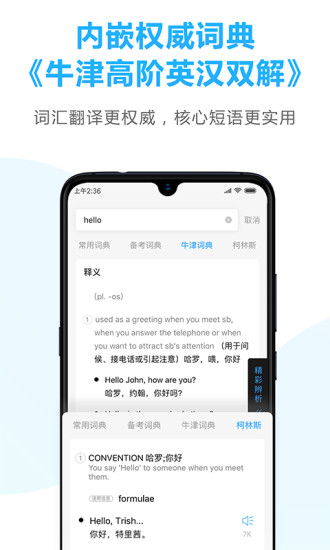English translation, particularly for Chinese speakers, involves a nuanced understanding of both languages' structures, cultural contexts, and idiomatic expressions. Let's delve into some key considerations:

English and Chinese belong to different language families (IndoEuropean and SinoTibetan, respectively), resulting in vast differences in grammar, syntax, and vocabulary. For instance, English relies heavily on word order and tense markers, while Chinese employs characters and tones for meaning.
Guidance: Translators should possess strong proficiency in both languages, understanding not just their vocabulary, but also their unique linguistic structures.
Cultural references and nuances play a significant role in translations. What may be common knowledge in one culture could be obscure or even offensive in another. For example, idiomatic expressions like "raining cats and dogs" may confuse nonnative English speakers.
Guidance: Translators must be culturally sensitive and knowledgeable about both source and target cultures to ensure accurate and respectful translations.
English is replete with idioms, metaphors, and colloquialisms that often defy literal translation. Translating them wordforword can lead to confusion or even absurdity. Consider the phrase "kick the bucket," which means to die.
Guidance: Instead of translating idioms literally, translators should seek equivalent expressions or convey the intended meaning in a culturally appropriate manner.
Translations must consider the broader context of the text, including its purpose, audience, and medium. A legal document requires formal, precise language, while marketing content may prioritize creativity and persuasion.
Guidance: Translators should adapt their language and style to match the intended use and audience of the translated text.
Advancements in translation technology, such as machine translation and CAT (ComputerAssisted Translation) tools, have streamlined the translation process. However, they are not without limitations, especially when dealing with nuances and context.
Guidance: While technology can aid in efficiency, human translators remain essential for ensuring accuracy, cultural relevance, and linguistic nuance.
Language is dynamic, evolving with time and usage. Translators must stay updated with linguistic trends, cultural shifts, and industry terminologies to provide highquality translations.
Guidance: Engage in continuous professional development through reading, training, and networking within the translation community.
English translation for Chinese speakers is a multifaceted process that goes beyond linguistic conversion. It requires an understanding of both languages, cultural sensitivity, adaptability, and a commitment to lifelong learning. By adhering to these principles, translators can bridge language barriers effectively and facilitate meaningful communication across cultures.
文章已关闭评论!
2025-04-05 04:30:15
2025-04-05 04:11:55
2025-04-05 03:53:53
2025-04-05 03:35:37
2025-04-05 03:17:25
2025-04-05 02:59:13
2025-04-05 02:40:59
2025-04-05 02:22:51